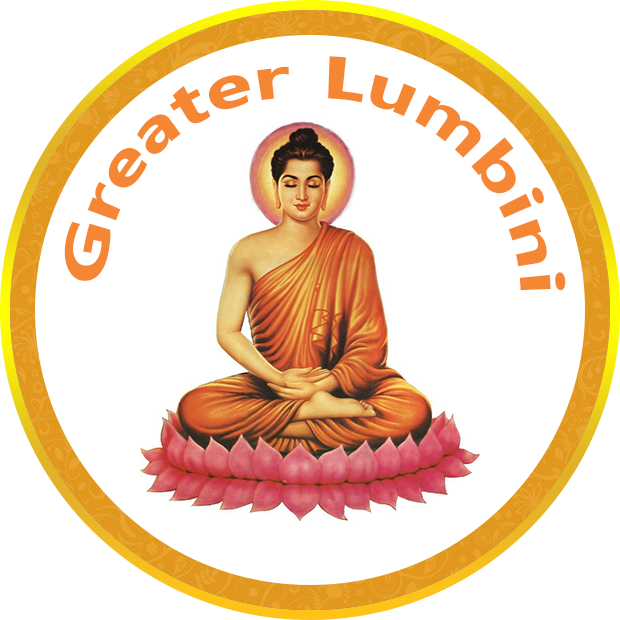 Notice
Notice

Situated 29km west of Lumbini, 3km north-west of Taulihawa, Tilaurakot was rediscovered in 1899 by P. C. Mukherji and is recognized by many scholars as the ancient capital city of the Kapilavastu, the Sakya kingdom where Prince Siddhartha spent his early life.
Tilaurakot exhibits perfect features of ancient palace architecture as it is at a higher elevation secured by a wide and tall fortification wall and a moat encircling it from outside. Archaeological excavations at Tilaurakot have revealed Grey ware (9/8th century BC), NBP (6/5th century BC) ; coin minting factory, palace structures, temples, ponds, roads, earth ramparts, brick fortification, ancient habitation and various antiquities within thirteen layers of human depositions dated from 9/8th century BC to 2-3 century AD. These findings support the fact that Tilaurakot had been a capital city.
Important archaeological and religious monuments have been uncovered from Tilaurakot and these are: (a) The Western Gate, (b) Central Structural Complex, (c) Central Pond, (d) Samai Mai Temple, (e) The Eastern Gate (Mahabhiniskramana Dwara), (f) The Fortification Wall, (g) The Northern Twin Stupa (Dhamnihawa Stupa), (h) Eastern Stupa and Monastery (Hastigarta), and (i) The Southern Industrial Mound (Lohasaudiya).
The major monuments uncovered from Tilaurakot includes the followings:

The city gates were where farmers, merchants, pilgrims and inhabitants would enter and exit the ancient city. The western gate was excavated by the Department of Archaeology (DoA) and evidence of wooden door was uncovered at the western gate.

The Central Structural Complex consists of conserved rectangular brick structures. Recent geophysical survey has identified similar structures between roads and lanes oriented on the cardinal directions forming a grid iron city layout across the entire site. Recent excavations have uncovered some of these structures at various points within Tilaurakot.
To the west of the Central Structural Complex is a pond measuring 30×30 meters in size. Fitting the gridiron city layout, on face of the pond had 26 surviving brick courses. The pond resembles the water reservoirs of Kathmandu's medieval towns and alludes to the possibility that such architectures were developed in the Terai region of Nepal before moving to the valley.

Near the center of the site lies a temple dedicated to the deity Samai Mai. The temple is located on top of a mound, which had 4 meter occupation sequence with early timber architecture followed by carved brick structures.

The eastern gate was excavated by the Department of Archaeology (DoA). It was through the eastern gate that Prince Siddhartha, aged 29, departed Kapilavastu, on his quest for enlightenment.

The fortification wall defines the grid iron plan of cardinally orientated structures within the city. Recent excavations across the northern stretch of the fortifications have identified three major construction phases. The earliest two represented by timber palisades-fence-lines of large wooden posts-which were later replaced by a smoothed clay rampart was subsequently embellished with a brick fortification wall, much of which has been conserved by the Lumbini Development Trust.

The Twin Stupas, to the north of the palace, were excavated by the Department of Archaeology in 1968-69. Traditionally, they are thought to be built to commemorate the Lord Sakyamuni Buddha's parents, King Suddhodana and Queen Mayadevi.
The Eastern Stupa is not an isolated monument but part of large monastic complex as discovered by a geophysical survey. An excavation carried out here in Gotihawa identified a well, just below the ground surface, including the edges of formalized ponds that would have provided water for the monks who dwelled in this ancient monastery. A collection of 497 silver punch-marked coins was excavated from the monastery. This might represent a foundation deposit, demonstrating the sanctity of this location to the ancient communities of Tilaurakot.
To the south of the city, there is a mound scattered with waste from iron-working. Findings from archaeological excavations indicate that this was a major industrial zone. Almost 8 tons of iron slag recovered from a trench measuring 4×3 meters is sufficient evidence of large scale smelting at Tilaurakot in the past.